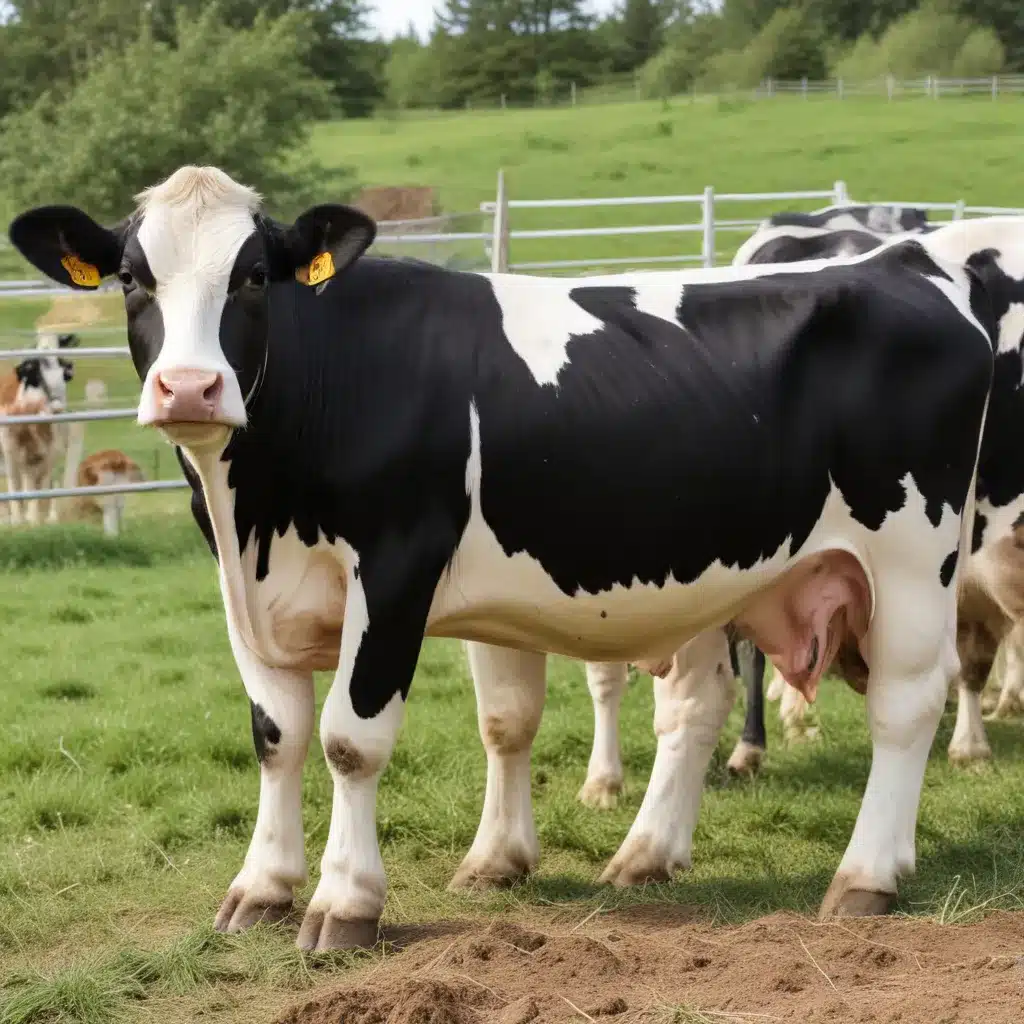
Dairy farming may seem like a relic of the past, but here at Crooked Pines Farm, we believe the family milk cow is making a comeback. Dairy cows not only provide a steady supply of fresh, nutritious milk, but they also offer a deep connection to the land and a self-sufficient lifestyle. If you’ve been dreaming of becoming a homestead dairyman (or dairywoman!), this guide will walk you through the ins and outs of raising your own herd.
Breeds and Selection
When it comes to dairy cows, there are a few key breeds to consider. Holsteins are the industry standard, known for their impressive milk production. However, if you’re looking for a smaller, more manageable cow, you may want to explore Jersey, Guernsey, or Brown Swiss breeds. These cows tend to have a higher butterfat content in their milk, perfect for making cheese, butter, and creamy drinking milk.
No matter which breed you choose, it’s important to seek out healthy, high-quality livestock. Purchasing from a reputable local breeder or dairy farmer is ideal, as they can provide insights into the cow’s temperament, production history, and overall fitness. Avoid impulse buys or bargain basement prices, as these may indicate underlying health issues.
Dairy Cow Housing
Providing your dairy cows with a comfortable, safe living environment is crucial for their well-being and productivity. Your cow shelter should be:
- Well-ventilated: Dairy cows produce a lot of moisture, so proper airflow is essential to prevent respiratory issues.
- Draft-free: While ventilation is key, you don’t want your cows exposed to cold, blustery winds.
- Spacious: Allow at least 400 square feet of space per cow to prevent overcrowding.
- Bedded with clean, dry material: Straw, wood shavings, or sand make excellent bedding options.
Beyond the physical structure, you’ll also need to consider fencing to keep your cows safely contained. Woven wire or electric fencing are both effective options, with the latter allowing for more flexible grazing management.
Dairy Cow Nutrition
Dairy cows are ruminant animals, meaning they have a specialized digestive system that thrives on a high-fiber diet. During the growing season, your cows will likely get the majority of their nutrition from pasture and hay. However, you may need to supplement with grain during the winter months or periods of low forage availability.
Ensure your cows have access to clean, fresh water at all times, as they can consume up to 30 gallons per day. Providing a free-choice mineral supplement will also help meet their nutritional needs.
Dairy Herd Health
Maintaining the health of your dairy herd is paramount. Work closely with a large animal veterinarian to develop a preventative care plan, including:
- Routine vaccinations: Protect your cows from common diseases like mastitis, bovine viral diarrhea, and infectious bovine rhinotracheitis.
- Deworming treatments: Regularly treating for internal and external parasites will keep your herd thriving.
- Hoof trimming: Well-trimmed hooves prevent lameness and other foot-related issues.
Closely monitor your cows for any signs of illness, such as decreased appetite, abnormal behavior, or changes in milk production. Catching problems early can make all the difference in their recovery.
Dairy Cow Breeding
In order for a dairy cow to produce milk, she must first give birth to a calf. Most dairy farmers choose to breed their cows annually, allowing for a consistent supply of fresh milk throughout the year.
You have two main options for breeding your cows: artificial insemination (AI) or natural breeding with a bull. AI offers more control over the genetics, while a bull can be a more hands-off approach. Whichever method you choose, be sure to work closely with a veterinarian or experienced breeder to ensure a successful breeding program.
Dairy Product Processing
One of the most rewarding aspects of dairy farming is being able to process your own milk into a variety of products. From fresh drinking milk to artisanal cheeses, creamy butter, and probiotic-rich yogurt, the possibilities are endless.
Proper milk handling and storage is essential to maintain quality and safety. Invest in a quality milk filter, stainless steel pails, and a refrigerated bulk tank to ensure your dairy products are delicious and wholesome.
Regulations and Compliance
Before you dive into dairy farming, it’s crucial to research the laws and regulations in your area. Depending on where you live, there may be specific zoning requirements, herd size limitations, or food safety standards you’ll need to follow.
Familiarize yourself with the National Dairy FARM Program and any state or local guidelines that apply to your operation. Proper record-keeping, such as breeding logs, veterinary care, and milk production data, will help you stay compliant and informed.
Economic Considerations
Starting a dairy herd requires a significant upfront investment, but it can also be a rewarding and self-sustaining part of your homestead. Expect to budget for:
- Purchasing dairy cows: Expect to pay $900-$3,000 per cow, depending on breed and age.
- Feed and forage: Cows can consume 30-40 pounds of hay per day, so factor in those costs.
- Fencing and shelter: Building a suitable barn and perimeter fencing is a major expense.
- Equipment: From milking parlors to bulk tanks, you’ll need the right tools for the job.
However, with careful planning and management, your dairy herd can become a valuable asset, providing your family with high-quality milk and dairy products while potentially generating additional income through direct sales or value-added processing.
Whether you’re drawn to the gentle nature of Brown Swiss, the rich, creamy milk of Jersey cows, or the prolific production of Holsteins, raising dairy cattle on your homestead can be a tremendously rewarding experience. With the right knowledge, resources, and dedication, you can establish a thriving dairy operation that nourishes both your family and the land. So why not take the first step towards becoming a homestead dairyman today?


